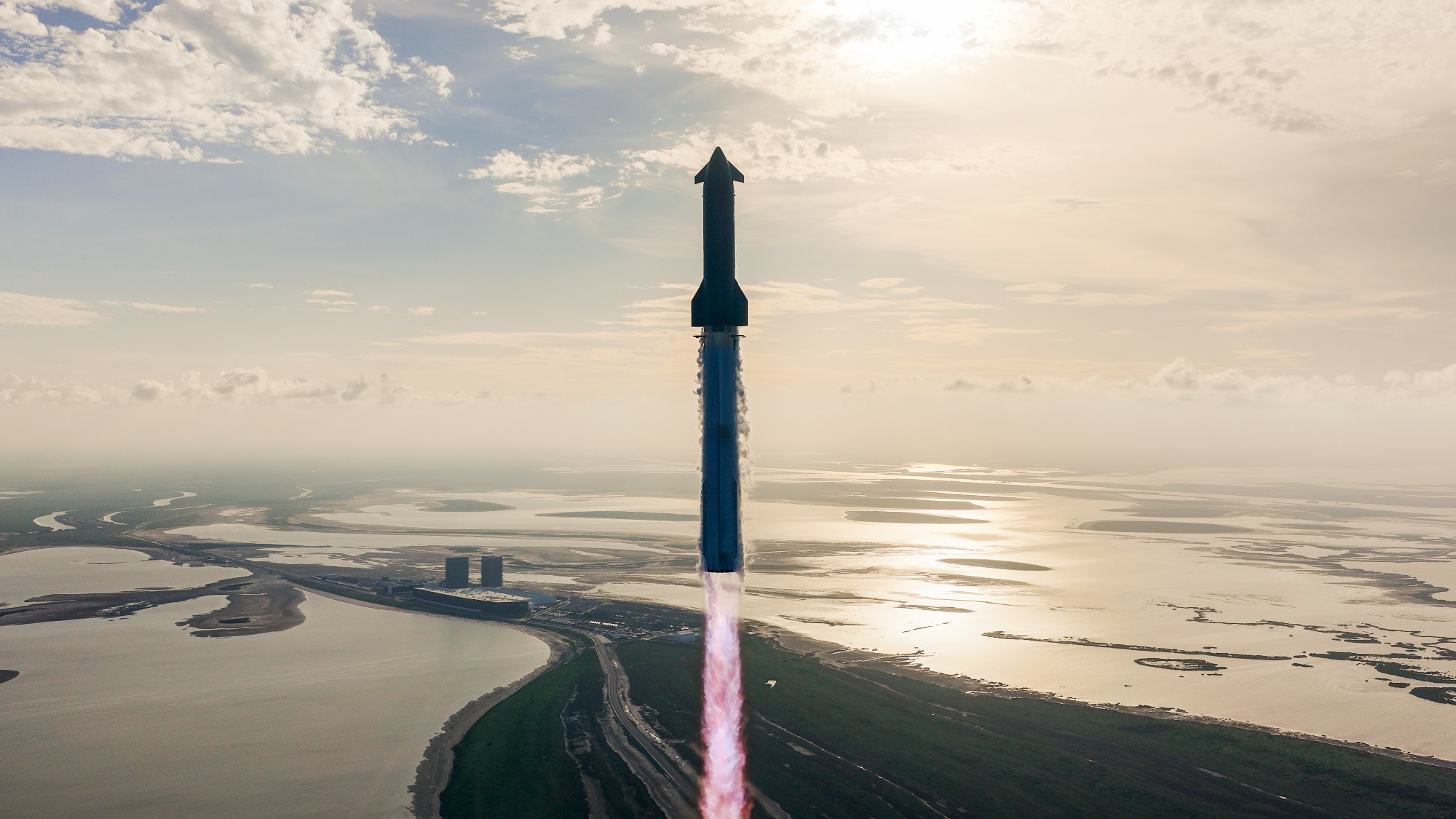Robotic Tomato Harvester Ready For Space
NASA understands that long-term space missions depend on some form of farming as a matter of survivial. Plant cultivation not only yields foodstuffs and organic material, but also helps make air breathable and can provide water filtration.

The tomato harvester robot is able to locate and pick ripe tomatoes; the robot's "eye" scans the tomato plant and determines the number and position of ripe fruit. Image processing algorithms created specifically for the robot are able to detect ripe fruit even if it is partially obscured by branches or leaves. Using this data, the four-fingered prosthetic hand locates a tomato, opens the fingers and takes hold of the fruit. The robot balances pulling, bending and torsion movements to detach the tasty treat.
The robot has been tested here on Earth; success rates of fruit sensing are running at 95% and fruit picking success is rated at 85%. This technology is also planned for use right here on Earth. The robot has been demonstrated at the Kennedy Space Center.
Science fiction authors have long understood the need for a viable food source on long space voyages. One example is the lifezone, an agricultural environment pod from Gregory Benford's 1989 novel Tides of Light. And here on Earth, William Gibson wrote about a robot crab, a kind of automated gardner, in Neuromancer.
(This Science Fiction in the News story used with permission from Technovelgy.com - where science meets fiction.)
Breaking space news, the latest updates on rocket launches, skywatching events and more!
Bill Christensen is the founder and editor of Technovelgy, a website dedicated to cataloguing the inventions, technology and ideas of science fiction writers. Bill is a dedicated reader of science fiction with a passion about science and the history of ideas. For 10 years, he worked as writer creating technical documentation for large companies such as Ford, Unisys and Northern Telecom and currently works to found and maintain large websites. You can see Bill's latest project on Twitter.
